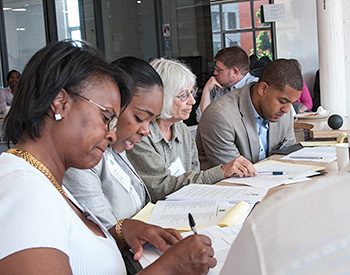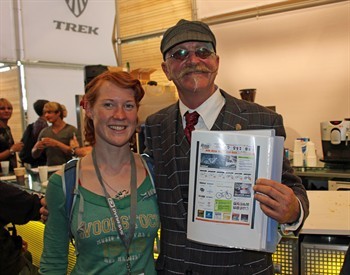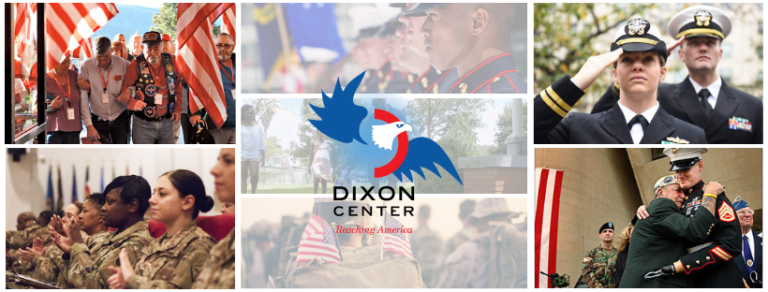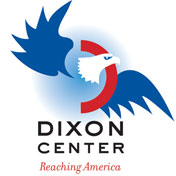Considering the Relationship Between Strategy and Structure
Good people fail in the absence of structure. Anyone who knows me knows that this statement reflects one of my central tenets about leadership and organizational success. I have come to this conclusion after watching people who had great potential, fail because of a lack of clarity around how what they did—everyday—advanced the mission of the agency.
It is my observation that organizations often confuse strategy and structure—or try to build the structure in the absence of strategy. Strategy is the road map for an organization—it is their forward looking plan to accomplish their mission. It is informed by a variety of forces including market pressures, government policies, changing demographics, etc. It provides a clear picture of the work that the agency will do 2-3-5 years out. Structure is how we organize the work to carry out the strategy. Building structure without strategy is like having a map but no destination. And simply having strategy with no structure, results in unfocused and poorly sequenced processes, poor utilization of resources and failure to effectively leverage technology. Strategy is the destination, structure is the map and —the people, technology, equipment, and infrastructure necessary to serve the structure, and ultimately serve the strategy.
I have also noticed that sometimes people confuse structure with organizational charts. Indeed, they are a type of structure, but they serve only a narrow purpose. They don’t explain anything beyond who sits where in the organization. They don’t tell you how the work is done or where to go or what to expect. A well-defined structure organizes the “buckets” of work and further delineates the processes, technology, and resources within and across each bucket. For example, when you go to the ER, a hospital organizational chart is not helpful, it does not tell you how to get your needs met. Every ED patient goes through a 1) registration and administrative intake process where their medical, demographic and insurance information is obtained, 2) a series of diagnostic testing encounters, 3) one or more therapeutic interventions, and finally, 3) a disposition/discharge process. For the most part, ER work is organized around and within this structure. In the absence, patient needs would go unmet, and good staff would flounder.
As a leader, I want to be spending my time serving my strategy. We have many challenges to solve, innovations to design and interventions to implement if we are to solve society’s toughest problems. I invest in helping my team build the necessary to ensure that we are effective and efficient stewards of every dollar that comes through our door.
What are your thoughts on organizational structure? I would love your input on this fascinating topic!








 If you had told me how I’d look back with fondness on the time I served as brigade commander during the worst of Diyala Province in 2006-2007, I would have smirked. Of course I’d love being a veteran, I can imagine my younger self thinking. It meant I would be anywhere but Iraq.
If you had told me how I’d look back with fondness on the time I served as brigade commander during the worst of Diyala Province in 2006-2007, I would have smirked. Of course I’d love being a veteran, I can imagine my younger self thinking. It meant I would be anywhere but Iraq.


